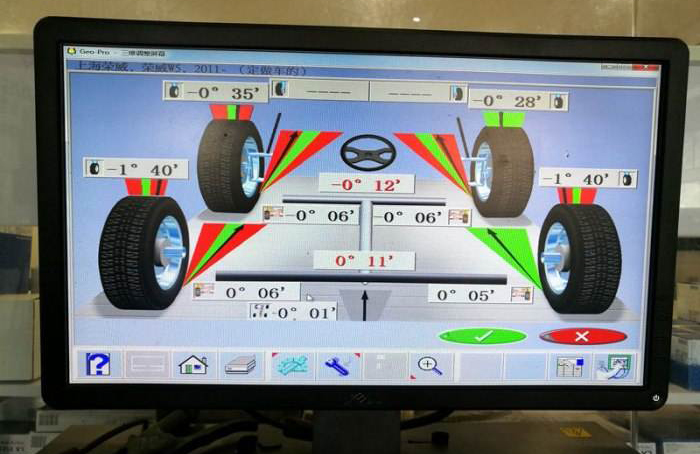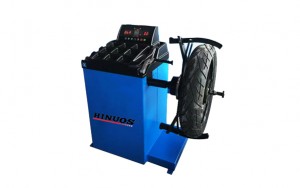Wheel Alignment

Wheel alignment refers to how well a car's wheels are aligned. If the vehicle is misaligned, it will immediately show signs of uneven or rapid tire wear. It can also veer off a straight line, towing or wandering on straight and flat roads. If you notice your car driving side to side on a straight, smooth surface, its wheels may not be aligned properly.
In detail, wheel alignment is used to correct three main types of angles, including:
1.Camber - the angle of the wheel that can be seen from the front of the vehicle
2.Caster - The angle of the steering pivot as seen from the side of the vehicle
3.Toe – the direction the tires are pointing (relative to each other)
Over time, the wheels of every car lose their balance. In most cases, this is due to defects, flaws in the rubber, or damage to the tire or rim.
All of this can cause the tires to wobble and even jump as they roll on the road. This bounce can sometimes be heard and felt on the steering wheel.
The best way to ensure wheel balance is through a wheel balance service. In general, tread wear causes a change in weight distribution around the tire. This can cause an imbalance that can cause the vehicle to shake or vibrate.
Conclusion
|
WHEEL ALIGNMENT AND TIRE BALANCING |
|||
|
|
Advantage | When do you need this |
Definition |
|
Wheel Alignment |
Proper alignment ensures your ride is smoother and your tires last longer. |
Vehicle pulls to one side when driving in a straight line, tires wear quickly, tires screech, or steering wheel bends. |
Calibrate the angle of the tires so that they are in contact with the road in the correct way. |
|
Tire Balancing |
Proper balance results in a smoother ride, less tire wear, and less stress on the drivetrain. |
Uneven tire wear and vibration on the steering wheel, floor or seats. |
Correct weight imbalances in tire and wheel assemblies. |
Post time: Jul-15-2022





